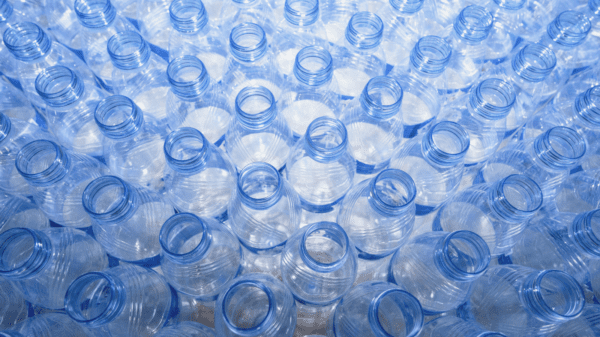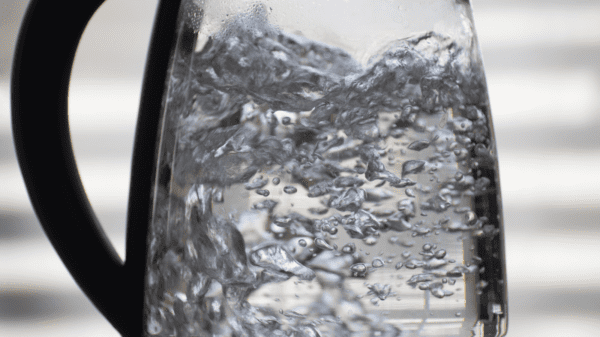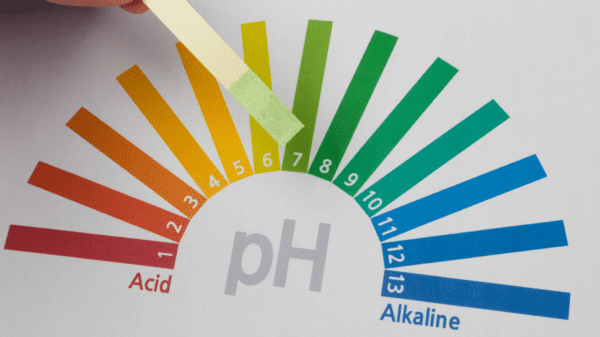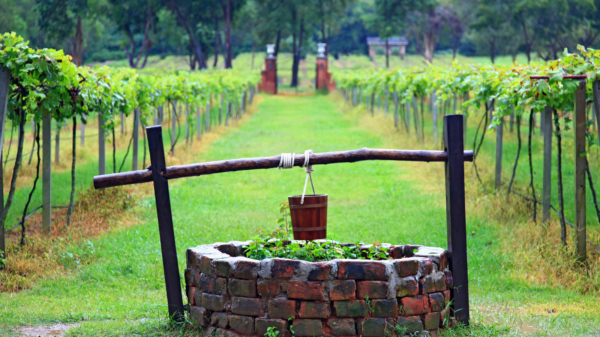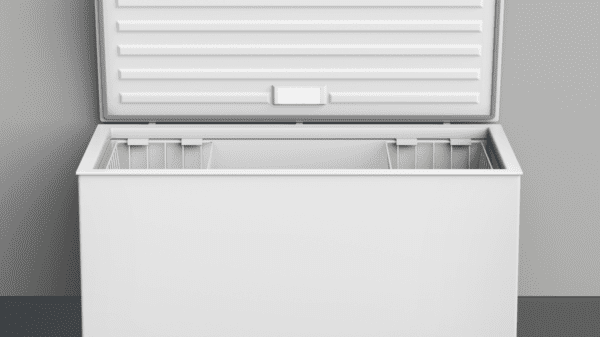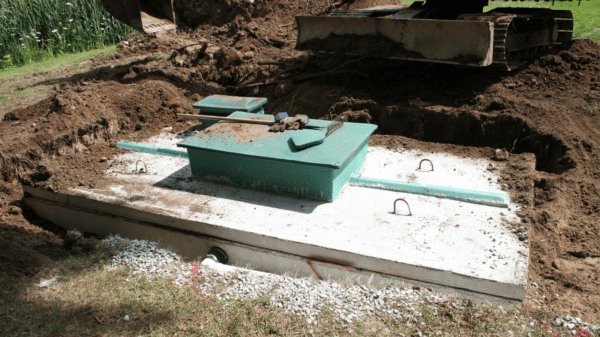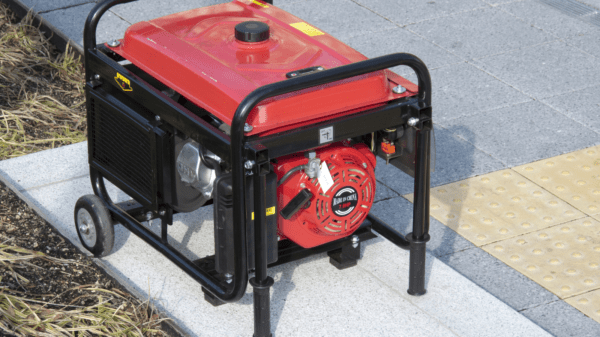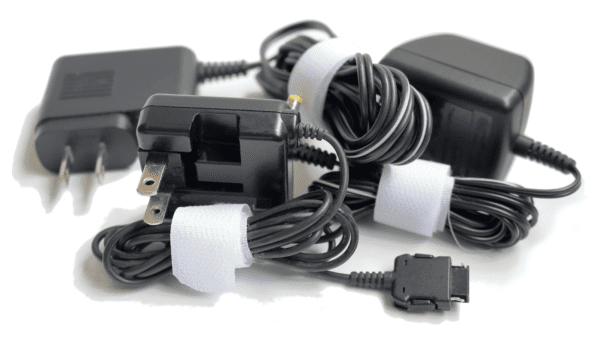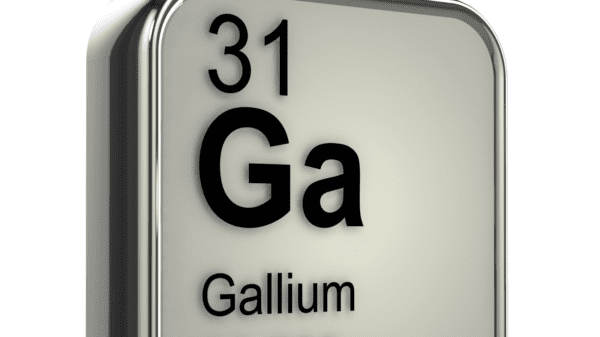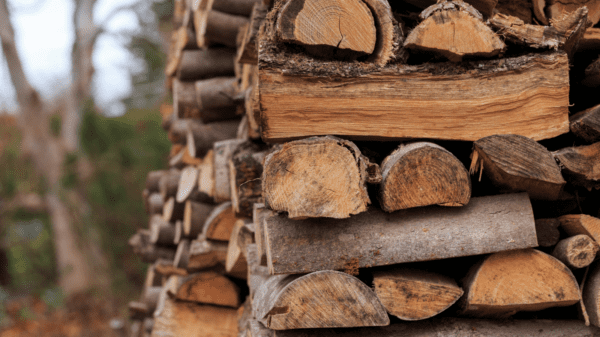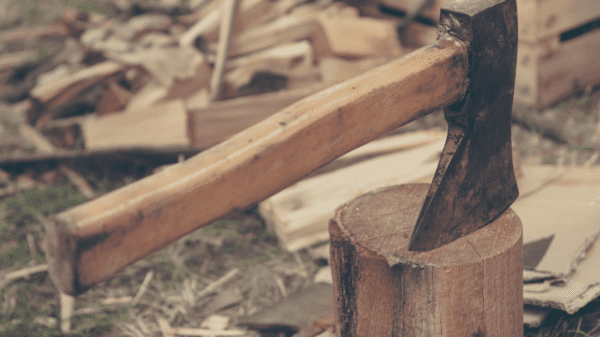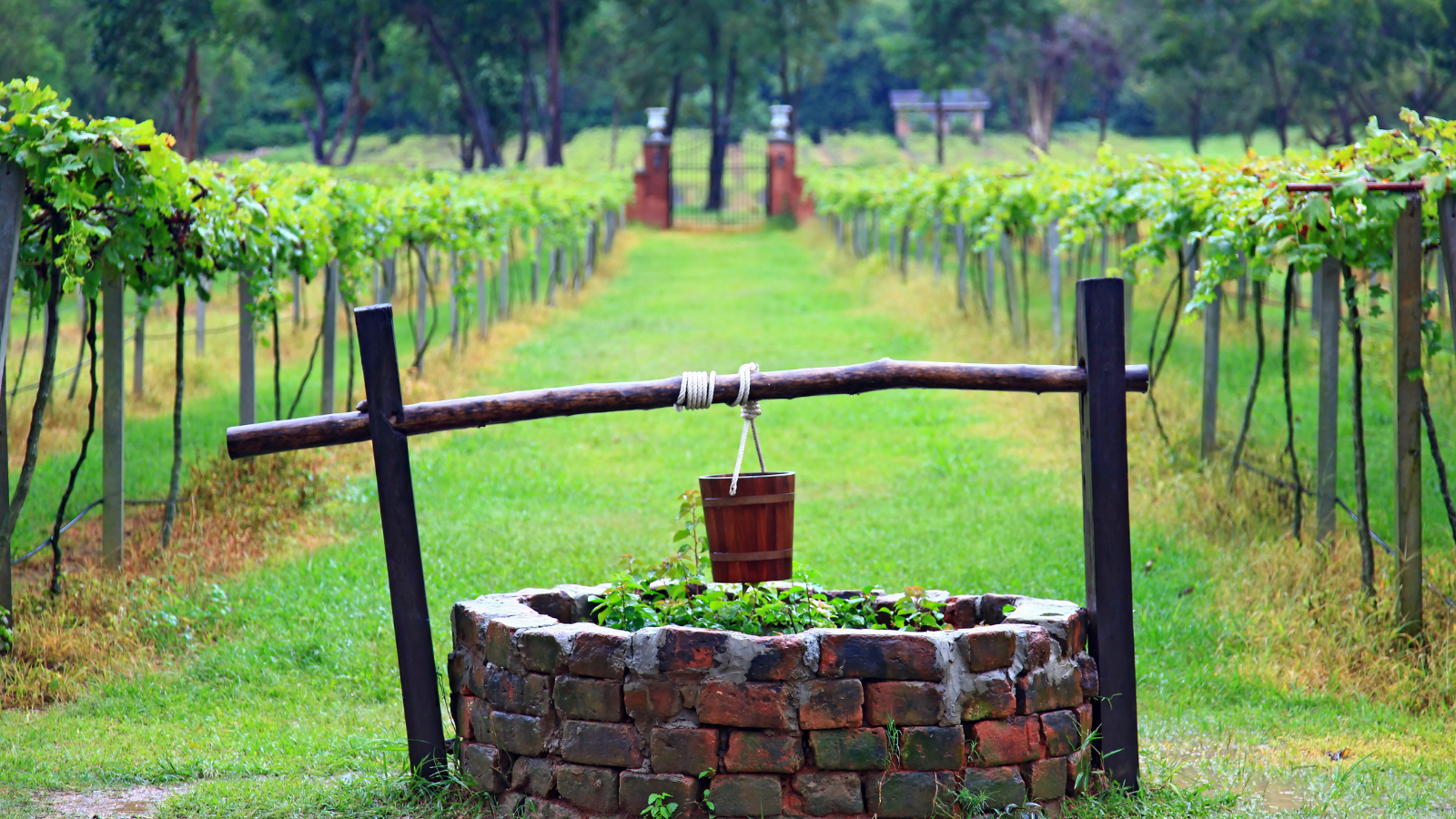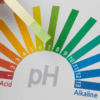Well water is groundwater that is obtained from a natural underground source, typically a borehole or a well. It is different from surface water, which is obtained from rivers, lakes, and other above-ground sources.
The safety considerations for well water depend on the quality of the water source and the location of the well. In some cases, well water may be contaminated with harmful chemicals or bacteria, which can pose health risks to those who consume it. Some common contaminants include:
- Bacteria: Bacteria such as E. coli and coliform can be present in well water and cause diarrhea, nausea, and other digestive issues.
- Nitrate: Nitrate is a common contaminant that can be found in agricultural areas where fertilizers are used. It can cause methemoglobinemia, a condition that reduces the ability of the blood to carry oxygen.
- Arsenic: Arsenic can be naturally occurring in some areas, and long-term exposure to it can cause skin lesions, cancer, and other health issues.
- Lead: Lead can leach into well water from plumbing fixtures or from the well itself. It can cause developmental issues in children and other health problems.
To ensure the safety of well water, it is important to have it tested regularly by a certified laboratory. The U.S. Environmental Protection Agency (EPA) recommends testing for bacteria, nitrates, and other contaminants at least once a year. If the well is located in an area that is prone to contamination, such as near a septic tank or a chemical storage facility, it may need to be tested more frequently.
In addition to testing, it is important to properly maintain the well and its components. This includes regular inspections, cleaning, and repairs if necessary. It is also important to properly dispose of any hazardous materials or chemicals, and to avoid using pesticides or fertilizers near the well.
Overall, well water can be a safe and reliable source of drinking water if it is properly tested and maintained.
Well Water Testing: https://www.cdc.gov/healthywater/drinking/private/wells/testing.html
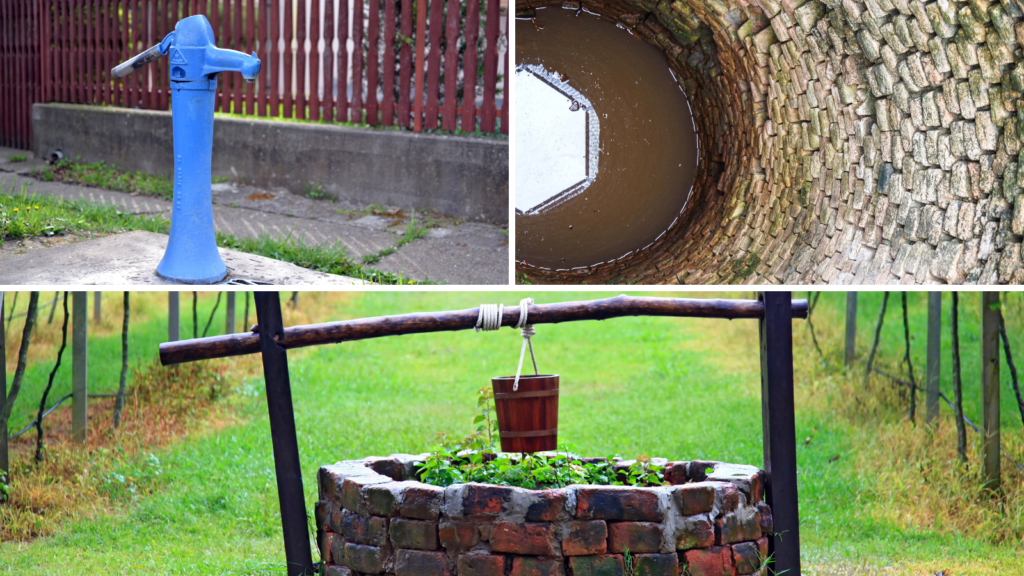
What resources are there available for well owners?
There are several resources available in the United States to help ensure the safety of well water. Here are a few:
- U.S. Environmental Protection Agency (EPA): The EPA provides a variety of resources and information on well water safety, including guidelines for testing well water and information on common well water contaminants.
- Centers for Disease Control and Prevention (CDC): The CDC provides information on well water safety, including tips for maintaining and testing wells, and information on common well water contaminants.
- National Ground Water Association (NGWA): The NGWA is a professional organization that provides resources and education on groundwater and well water, including information on well construction, maintenance, and testing.
- State and local health departments: State and local health departments can provide information on well water safety, including local regulations and guidelines for testing well water.
- Certified laboratories: Certified laboratories can provide testing services for well water, including tests for bacteria, nitrates, and other contaminants. A list of certified laboratories can be obtained through your state or local health department.
By utilizing these resources and regularly testing and maintaining your well, you can help ensure that your well water is safe to drink.
The National Ground Water Association (NGWA)
The National Ground Water Association (NGWA) is a professional organization that serves the groundwater industry and provides resources and education on groundwater and well water. Some of the services offered by the NGWA include:
- Education and training: The NGWA offers a variety of educational programs, conferences, and webinars for professionals in the groundwater industry, as well as for well owners and the general public.
- Publications: The NGWA publishes a number of books, manuals, and other publications on groundwater and well water, including information on well construction, maintenance, and testing.
- Certification programs: The NGWA offers certification programs for professionals in the groundwater industry, including well drillers, pump installers, and geothermal contractors.
- Research: The NGWA conducts and supports research on groundwater and well water, including studies on groundwater availability, quality, and management.
- Advocacy: The NGWA advocates for policies and regulations that protect groundwater and promote responsible groundwater use and management.
Overall, the NGWA provides a range of services and resources for professionals and well owners in the groundwater industry, aimed at promoting safe and sustainable use of groundwater resources.
website: https://www.ngwa.org/
How much does it cost to dig a well?
The cost of drilling a well can vary widely depending on a number of factors, such as the location, the depth of the well, the type of drilling method used, and local labor and material costs. In general, drilling a well can be a significant investment, but it can also provide a reliable and long-term source of water for your home or property.
According to HomeAdvisor, the average cost to drill a well is between $3,750 and $15,300, with the national average being around $8,000. However, costs can range from as low as $1,500 for a shallow well to as high as $30,000 for a deep well in some areas.
Other costs to consider when drilling a well may include the cost of permits and inspections, well casing and piping, well pumps and pressure tanks, and electrical wiring and installation. Additionally, ongoing maintenance and testing costs should be factored into the overall cost of owning a well.
It’s important to note that the cost of drilling a well can vary widely depending on your location, so it’s best to consult with local drilling contractors and get multiple estimates before proceeding with a well drilling project.
Can I dig/drill my own well?
Digging your own well can be a complex and potentially dangerous process, so it’s important to have the necessary knowledge and equipment before attempting it. Here is a general overview of the steps involved in digging a well:
- Choose a location: The first step is to choose a location for the well. The location should be at least 50 feet away from any septic tanks, and should be uphill from any potential sources of contamination. The depth of the well will depend on the local water table and the amount of water you need.
- Obtain necessary permits: Before starting the well digging process, it’s important to obtain any necessary permits from your local government or regulatory agencies.
- Gather equipment: You will need specialized equipment to dig a well, such as a well drilling rig, drilling pipe, and drill bits. You may also need a pump and piping to bring the water to the surface.
- Start drilling: Once you have the equipment in place, you can start drilling the well. This is typically done using a drilling rig, which uses a rotary bit to bore through the earth. The drill pipe is added as the hole gets deeper, and drilling continues until the desired depth is reached.
- Install the casing: Once the well is drilled, a casing is installed to prevent the walls from collapsing and to keep out contaminants. The casing should be sealed at the bottom to prevent water from entering the well from below.
- Install the pump: After the casing is installed, the pump and piping are installed to bring the water to the surface. The type of pump and piping needed will depend on the depth of the well and the amount of water needed.
It’s important to note that digging your own well can be a complex and potentially dangerous process, and should only be attempted by experienced and knowledgeable professionals. Additionally, there may be specific regulations and permits required in your area, so it’s important to check with your local authorities before beginning any well digging project.
Water depth maps for exploration: https://maps.waterdata.usgs.gov/mapper/index.html
What causes a well to go dry?
A well can go dry when the water table drops below the depth of the well. The water table is the underground level at which the ground becomes saturated with water, and it can fluctuate depending on a number of factors, such as climate, rainfall, and human water usage.
Some common causes of a well going dry include:
- Drought: During periods of low rainfall or drought, the water table can drop, causing wells to go dry.
- Increased water usage: If water usage in the area around the well increases, it can cause the water table to drop and the well to go dry.
- Geology: The geology of the area can also impact the availability of groundwater. Some areas may have low-permeability rock layers that limit the amount of water that can flow into the well.
- Well location: The location of the well can also impact its vulnerability to going dry. Wells that are located in low-lying areas or near surface water sources may be more likely to go dry during periods of low rainfall or drought.
To prevent a well from going dry, it’s important to carefully manage water usage and to monitor the water level in the well. If you suspect that your well is going dry, it’s important to take action to address the issue as soon as possible, such as drilling a deeper well or finding an alternative water source.

